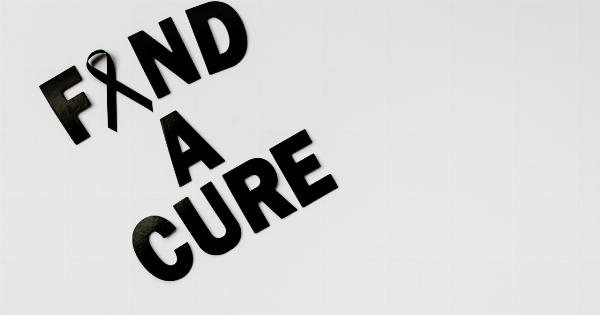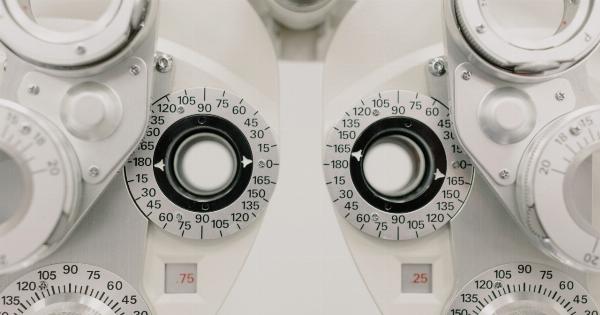Cancer is one of the world’s deadliest diseases. For decades, scientists have been looking for a way to detect cancer early, so that patients can get the care they need before the disease becomes terminal.
Now, a groundbreaking study has shown that a urine test may be able to detect cancer at an early stage. This test could revolutionize the way we diagnose cancer, potentially saving millions of lives worldwide.
What is the urine test for cancer?
The new urine test for cancer works by detecting cancer cells in urine samples. These cells shed from tumors and travel into the bladder, where they can be detected through a simple test.
The test looks for the presence of DNA mutations in cancer cells that are distinct from those found in normal cells. By identifying these mutations, the urine test can detect cancer at an early stage, before it has a chance to spread throughout the body.
How does the urine test work?
The urine test works by using a technique called liquid biopsy, which is a non-invasive way to detect cancer DNA in urine samples. The test uses a small chip that is inserted into the urine sample.
The chip then isolates cancer cells and DNA fragments, which are analyzed for mutations using sequencing technology. Once the mutations have been identified, the results are compared to a database of known cancer mutations to determine if cancer is present.
What types of cancer can be detected using the urine test?
The urine test can detect many different types of cancer, including bladder cancer, prostate cancer, kidney cancer, and pancreatic cancer.
In fact, the urine test has been shown to be highly accurate in detecting these cancers, even in the early stages when traditional diagnostic methods may not be effective.
What are the benefits of using the urine test?
One of the main benefits of using the urine test for cancer is that it is non-invasive. Unlike traditional diagnostic methods, such as biopsies or imaging scans, the urine test does not require surgery or exposure to radiation.
This means that the test can be performed more frequently, allowing for earlier detection of cancer and more effective treatment. Additionally, the urine test is less expensive than many traditional diagnostic methods, making it accessible to more people worldwide.
What are the potential limitations of the urine test?
Although the urine test for cancer is a promising new technology, it is not without limitations. One of the main limitations is that the test may produce false positive results. This means that the test may detect cancer when it is not actually present.
False positive results can lead to unnecessary follow-up testing and anxiety for patients.
Additionally, the urine test may not be effective in detecting all types of cancer. For example, some types of cancer may not shed cells into urine, making them undetectable using this method.
Therefore, the urine test should be used in conjunction with other diagnostic methods to ensure accurate and comprehensive cancer testing.
What is the future of cancer detection with the urine test?
The urine test for cancer is a promising new technology that has the potential to revolutionize cancer detection and treatment.
As researchers continue to refine the test and gather more data, it is likely that the urine test will become a standard diagnostic tool for many types of cancer.
The urine test could also have significant implications for cancer research, as it will allow scientists to study the genetic mutations that drive cancer development and progression.
With a better understanding of these mutations, researchers may be able to develop new treatments and therapies that target cancer at the genetic level.
Conclusion
The urine test for cancer is a groundbreaking new technology that has the potential to save millions of lives worldwide.
By allowing for earlier and more frequent cancer detection, the urine test could lead to more effective treatments and better outcomes for patients. Although the test is not without limitations, it is a promising new tool that has already shown significant success in detecting a variety of different cancers.
As researchers continue to refine the test and gather more data, it is likely that the urine test will become a standard diagnostic tool for many types of cancer.




























